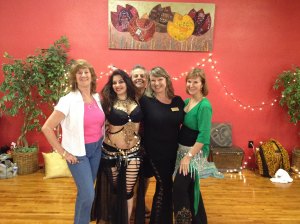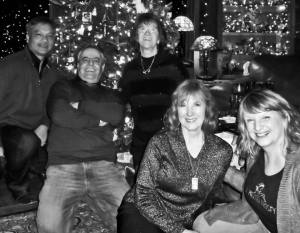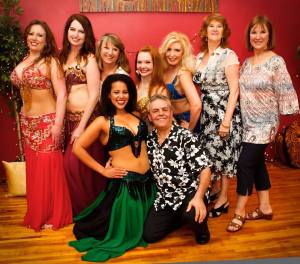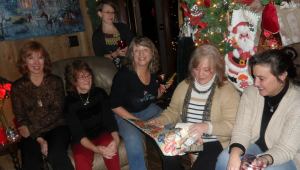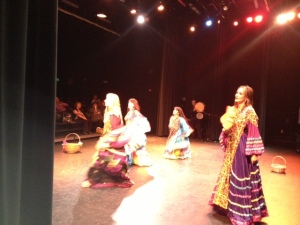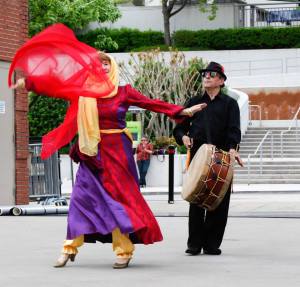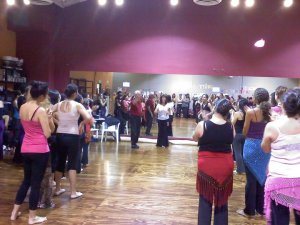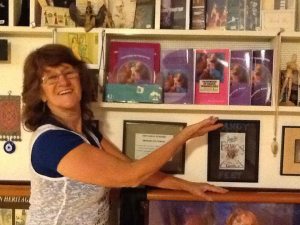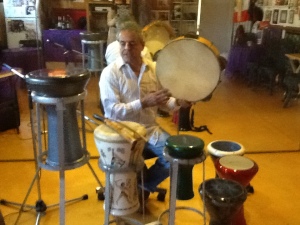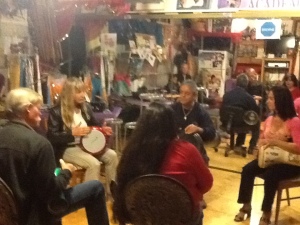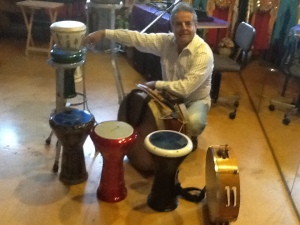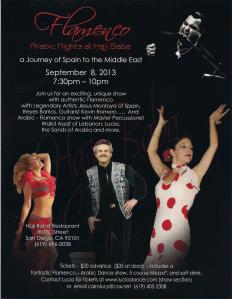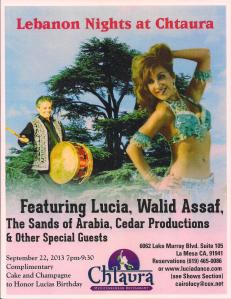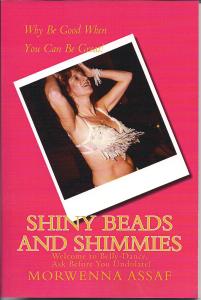If you are in a group number you need to be able to coordinate your moves with others when on the stage. Here is how to master the art of matching your movements to other dancers. Do not try to stand out from the other dancers. By matching other dancers in movements, style timing, and energy is an equally challenging skill that after practicing at home needs a tune-up. You have to commit from being a soloist to immersing yourself in the group and retaining your individuality. Following are ways to become a better team player and create powerful group performances.
Watch Each Other:
Observing each other helps dancers approach choreography and can help you observe the movement style of others. Take videos at the end of class or at rehearsals then dancers can each study and analyze whether they are dancing as a unit. Also, watch other dancers in class when you are not dancing. Watch as they go across the floor or in the center. Find something you admire and try it yourself.
Refine Your Focus: 
You have to have an inner-outer focus by staying aware of your fellow dancers when you perform. You have to practice this inner focus. It helps you to feel what is going on beside and behind you as you see peripherally. As you are looking out, you are also looking in. It is a sophisticated way of focusing. This starts by using the mirror wisely in class and rehearsals. Avoid staring at yourself instead scan the room as you dance.
Master Musicality: 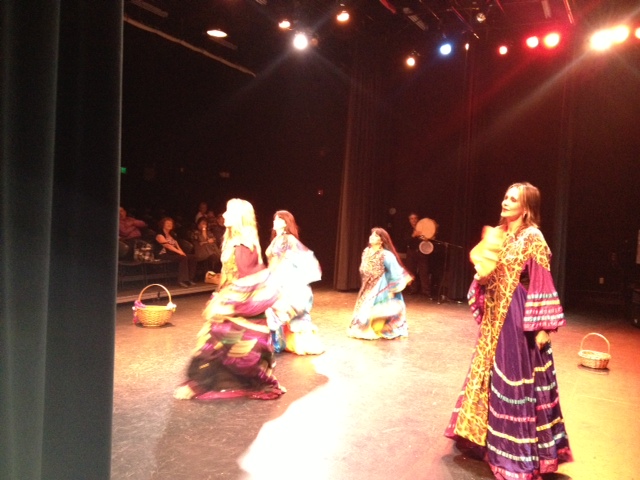
Timing is a must when dancing in a group. Count the music as soon as you get it. If the rhythm is unfamiliar, listen to it while standing still and picture yourself doing the choreography to it or count and clap the rhythm exactly the way the music sounds. Make sure you understand where the beat is. Focus on knowing the music backward and forward before you start to dance to it. Once you know what you are doing and everyone else does too then you will all be together
Breathe Outloud: 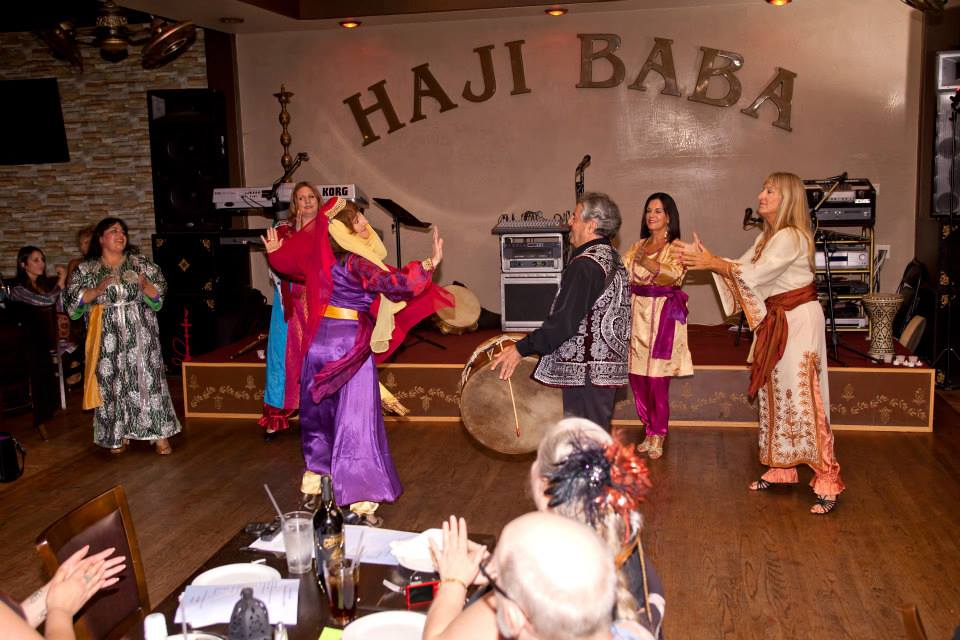
The breath is what keeps people together. When beginning a new piece breathe out loud. Once you know the piece (meaning everyone in the piece), then you breathe silently. This helps to keep the dynamics of the piece as one. If all dancers are breathing rhythmically and naturally then they are cohesive. If breathing shallowly it is not sharing with each other. You will not connect.
Connect Backstage: 
Just like doing partner work, you have to connect. Squeeze the hands of the hands of the others. etc This allows energy to pass from one to another. This really helps! Be sure to train each dancer on how to move from the wings to the stage and how to leave the stage. This is important, especially in new surroundings This makes sure all performers arrive musically on stage.
Morwenna Assaf, Artistic Director
Art/Dance Academy, Cedar Productions, Tales1001
Walid Assaf, Music Drector,
Art/Dance Academy, Cedar Productions




 Lucia of SD.
Lucia of SD. Morwenna Assaf at Continental Restaurant, Assonet, MA
Morwenna Assaf at Continental Restaurant, Assonet, MA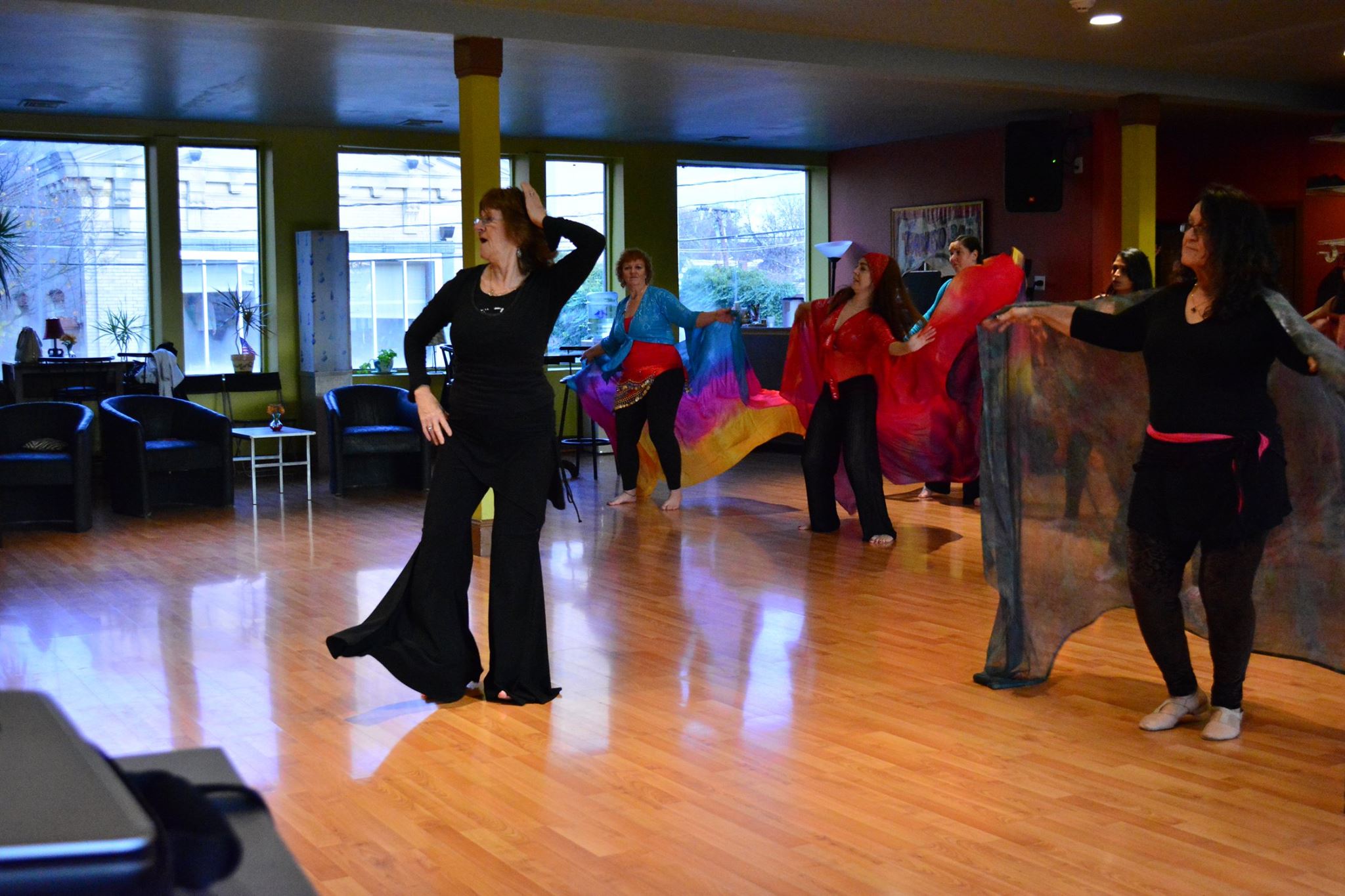
 Rlena Lentine NYC
Rlena Lentine NYC Morwenna & Walid Assaf, Beirut Lebanon
Morwenna & Walid Assaf, Beirut Lebanon

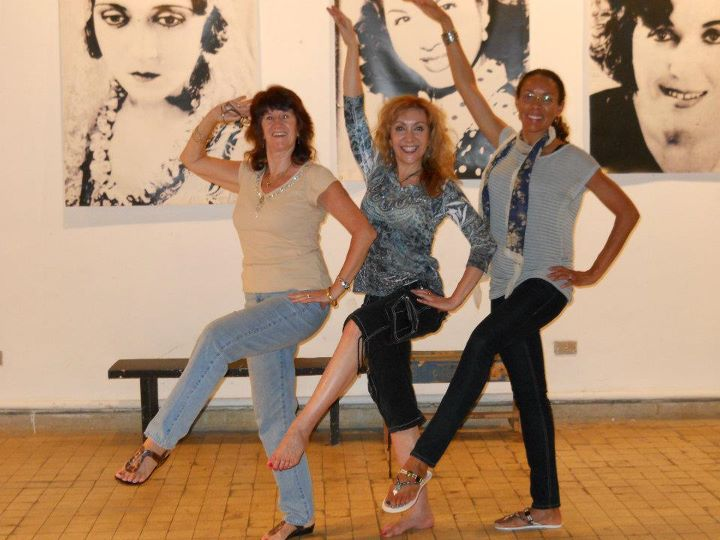




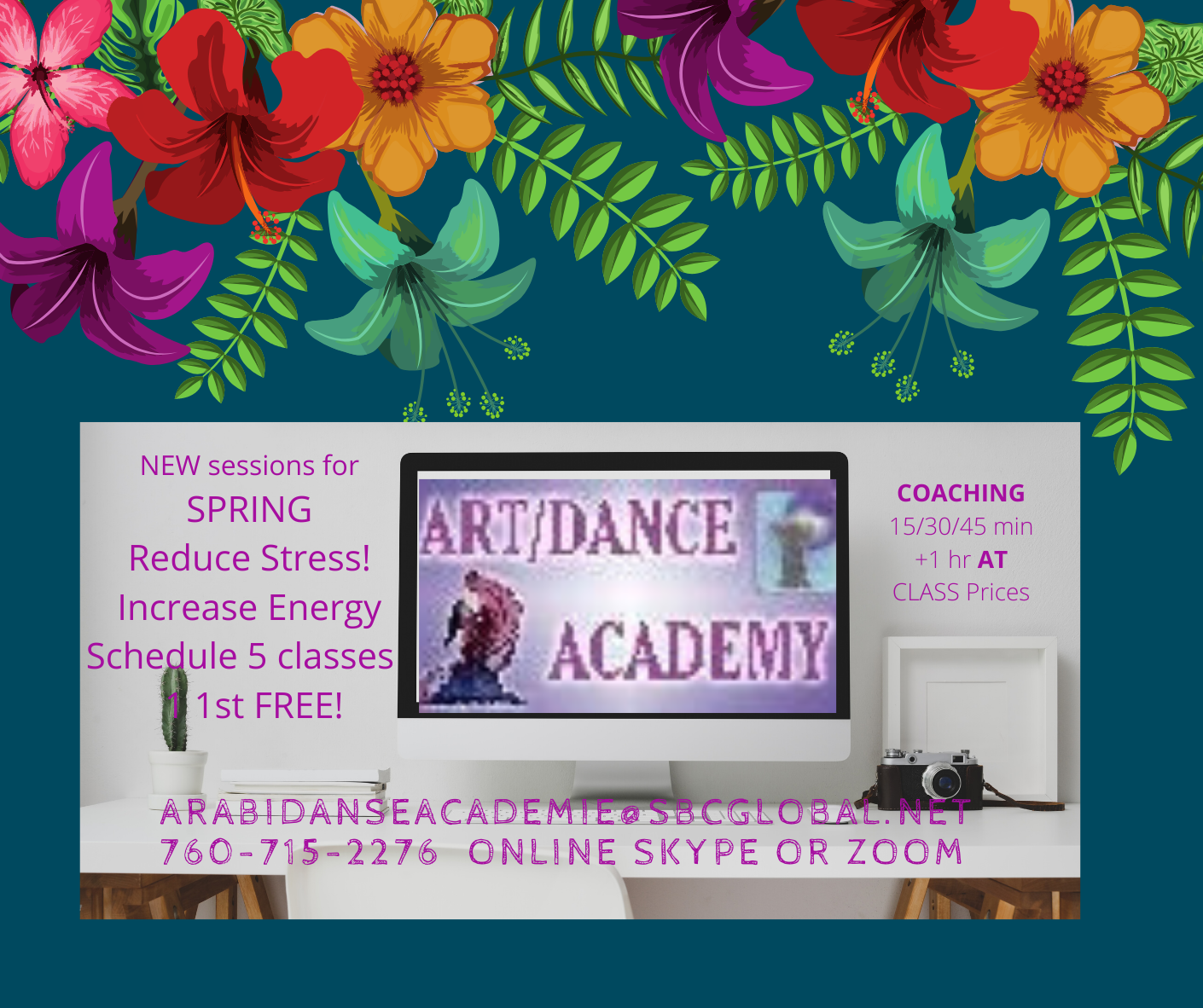









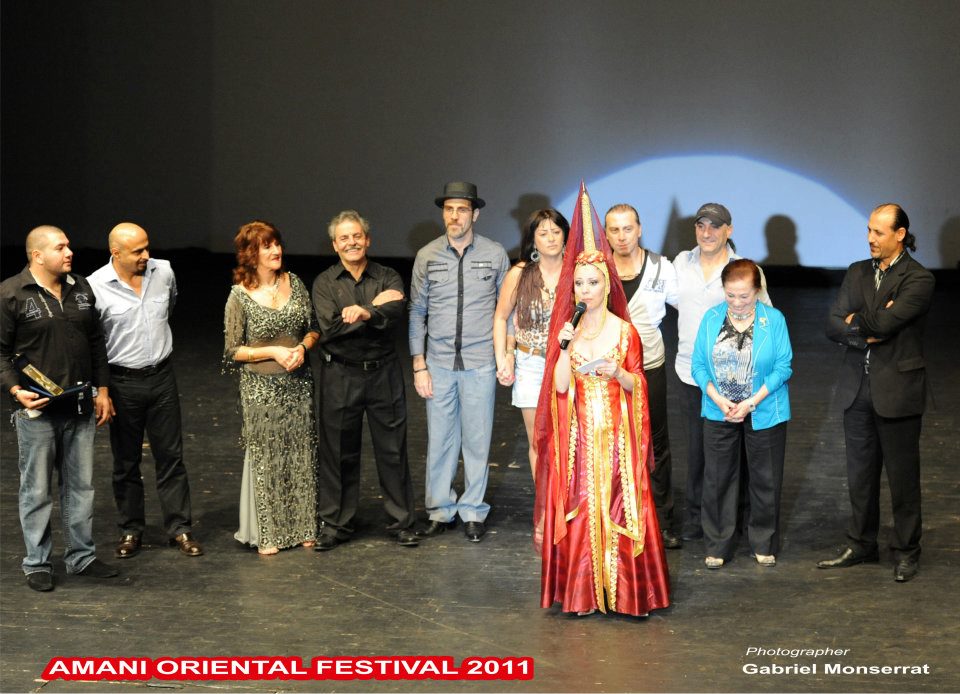

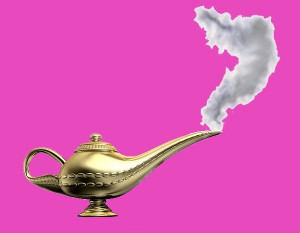





































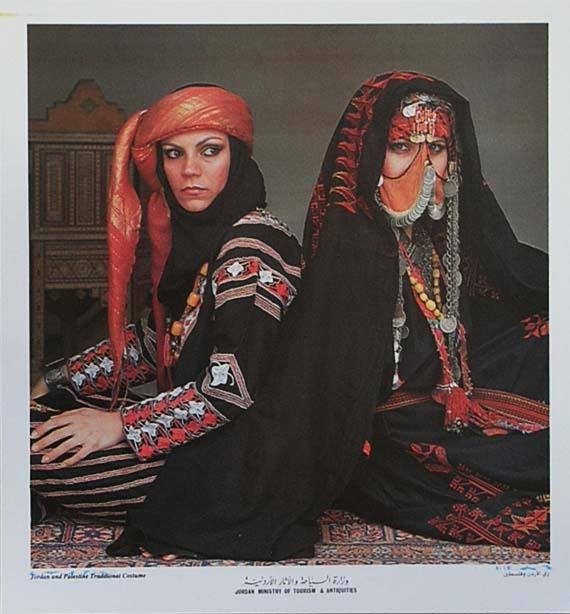

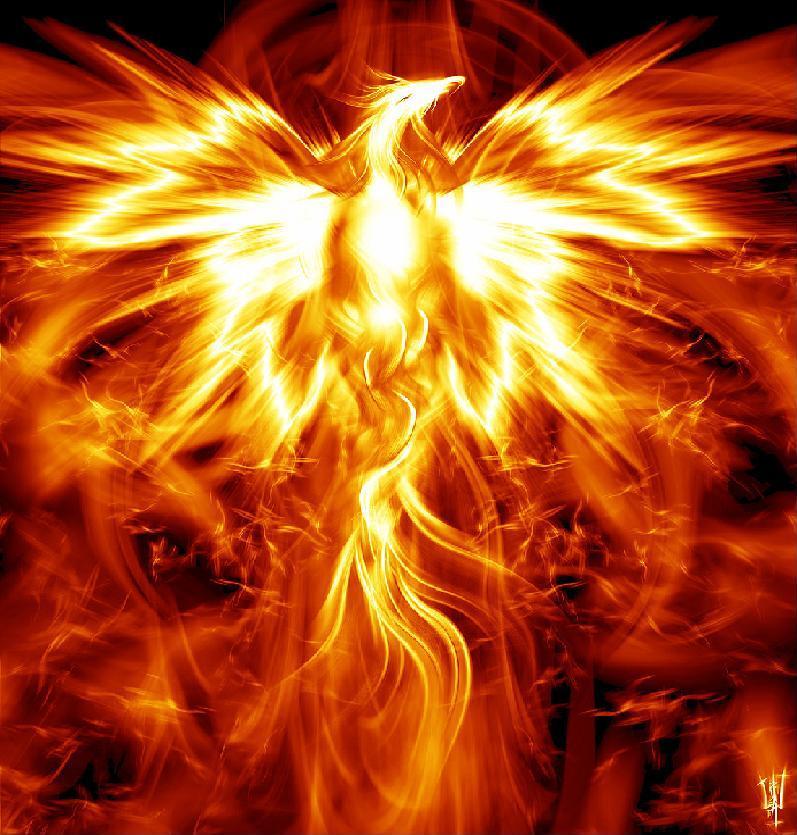
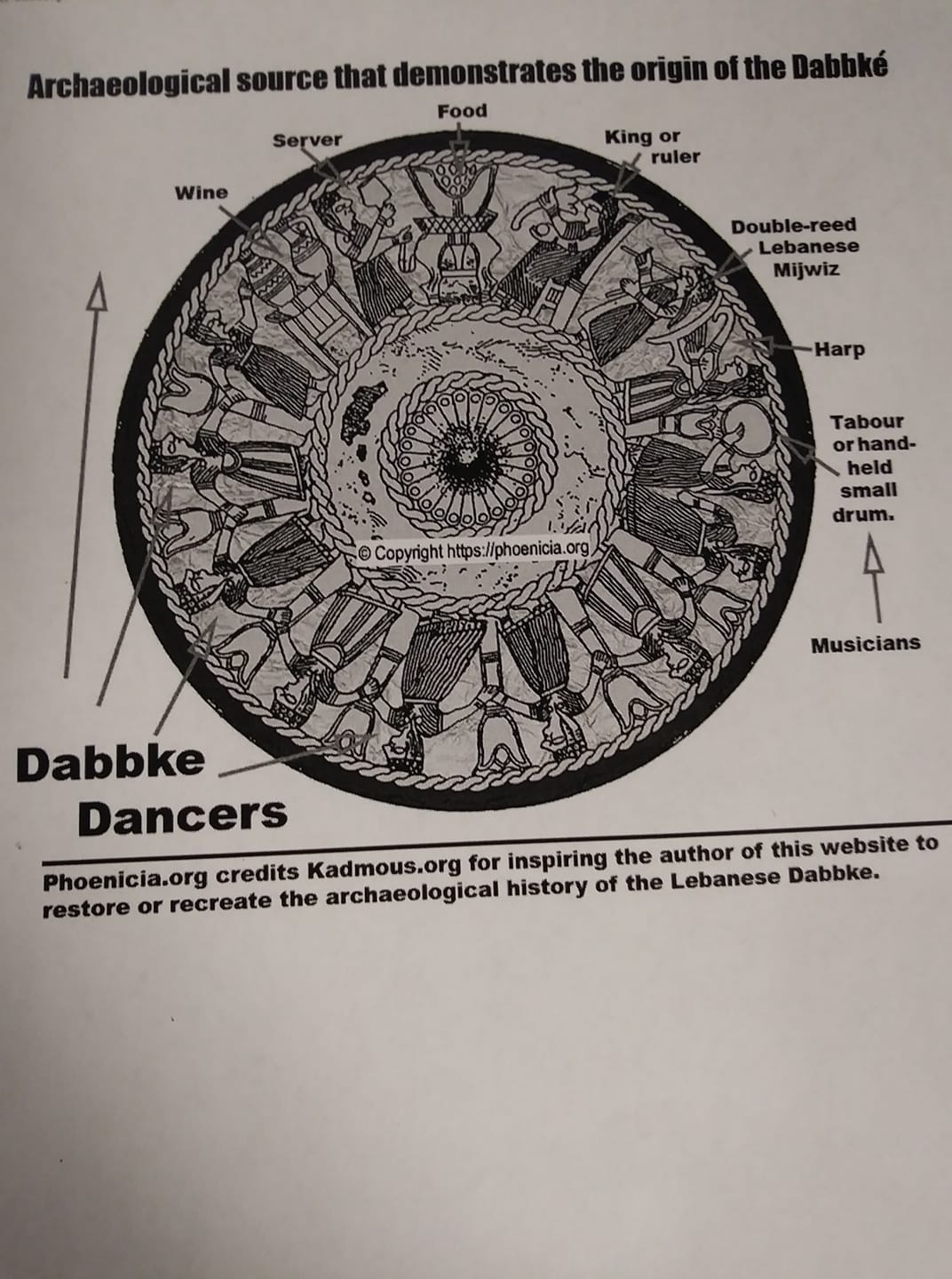
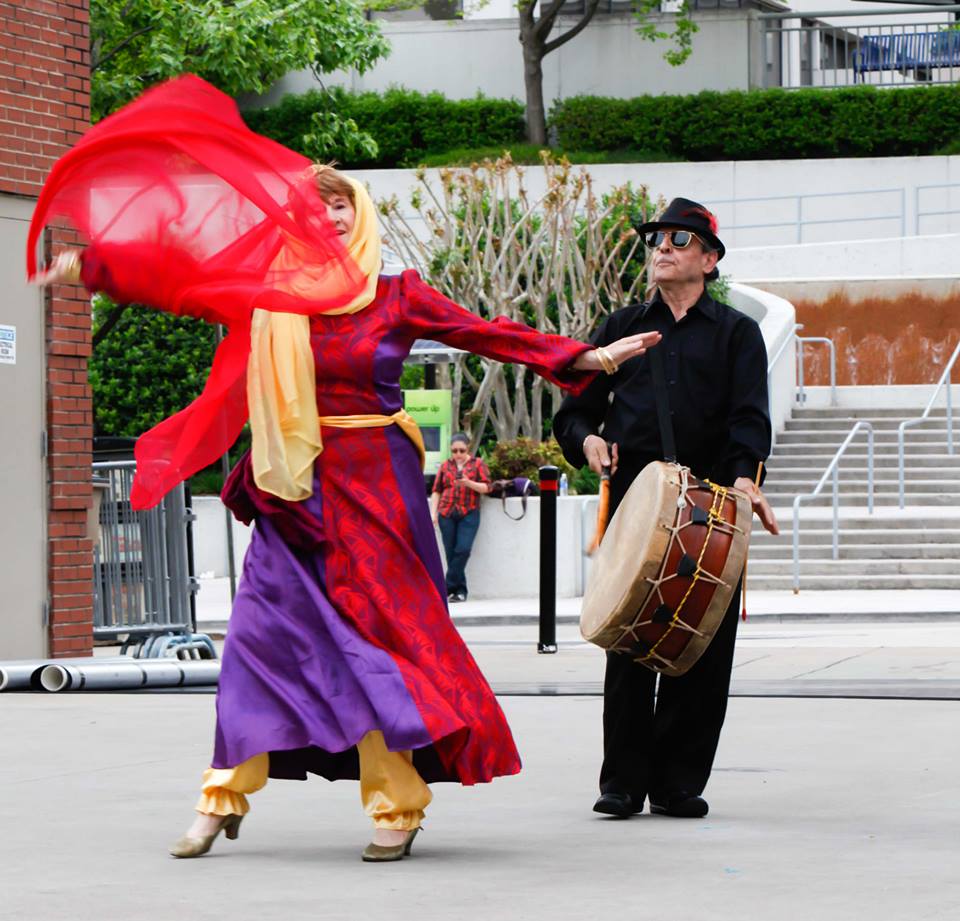
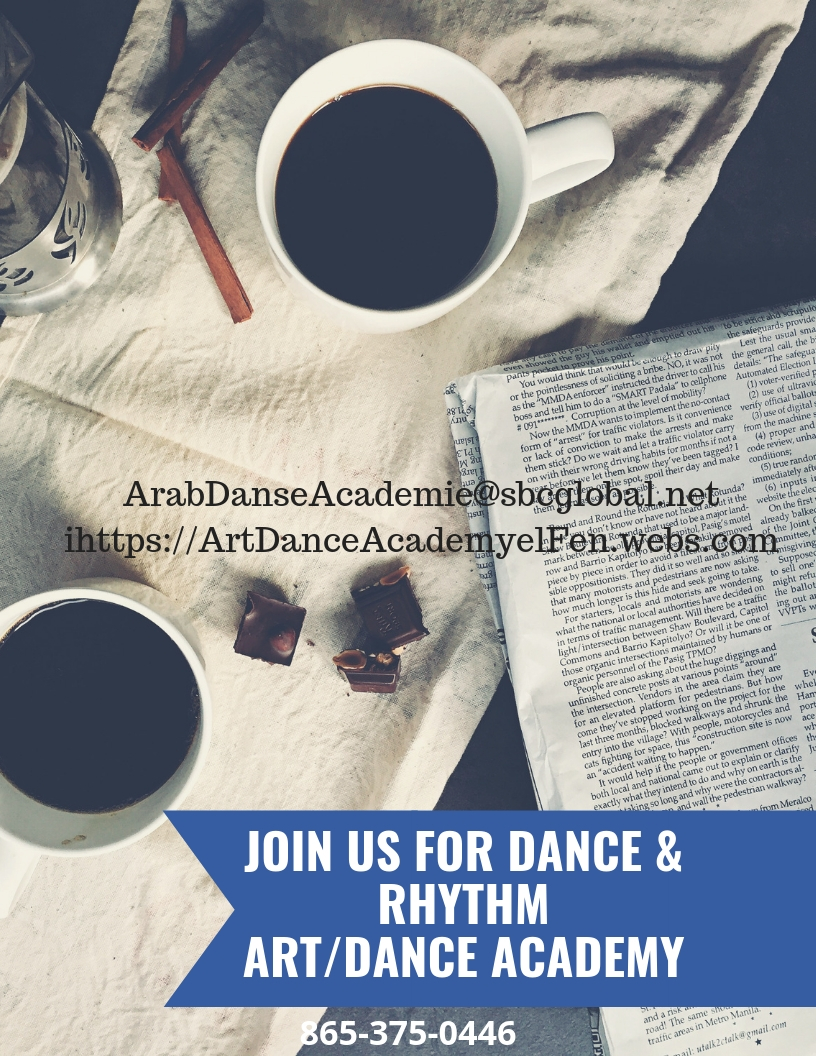


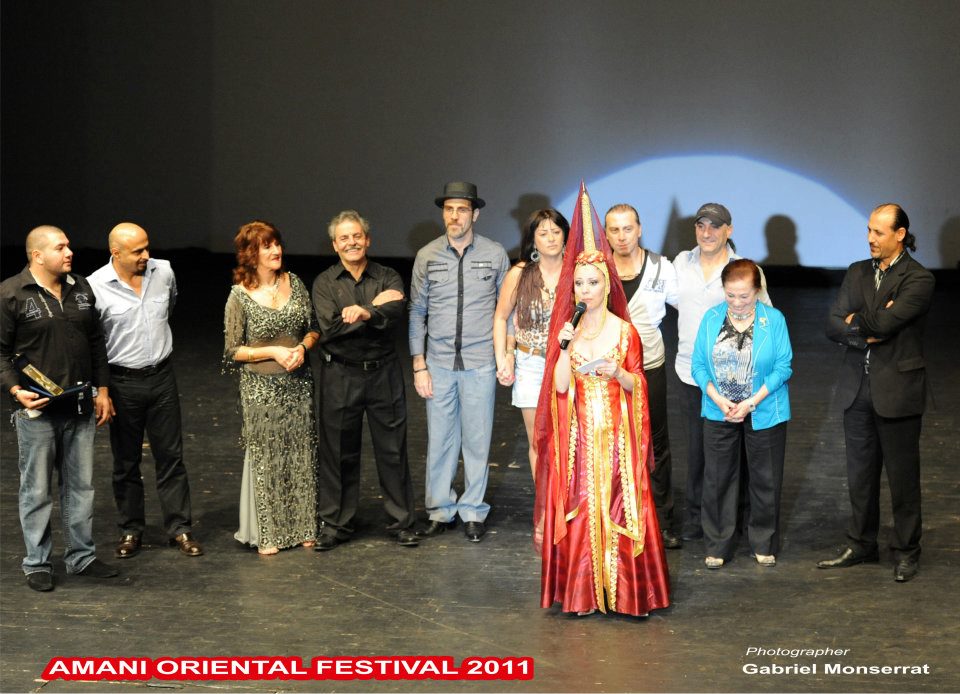
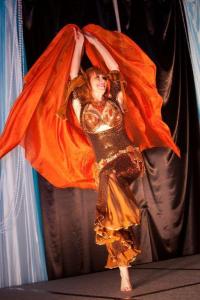
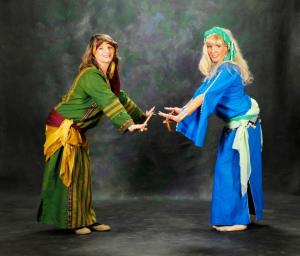 C
C